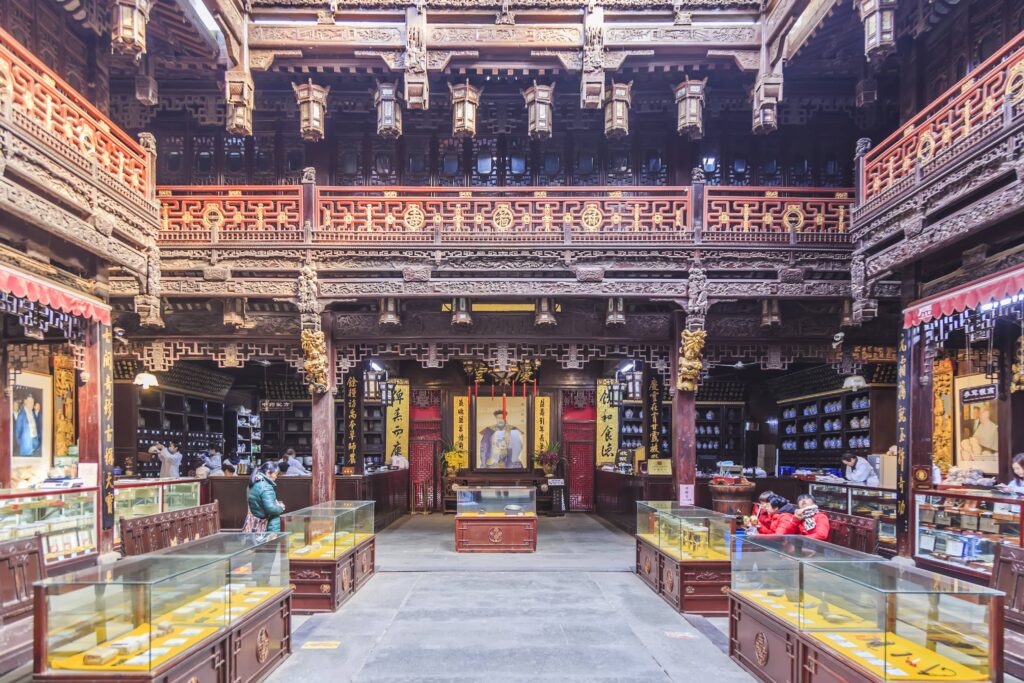Living in the San Francisco Bay Area has its ups and downs from hyper-inflated housing prices, nerve-wracking traffic, and even the occasional tremblor but the reward is having access to an exciting city that never fails to surprise. Just crossing the bridge on a weekend with my friend Cindy feels worth it, especially when we end up at the Asian Art Museum in the Civic Center neighborhood, where free parking on Sundays makes the trip even sweeter. I always remind friends to check for an Asian Art Museum free day or look up Asian Art Museum tickets ahead of time to make the visit smoother.
What drew us recently was the special exhibition called Couture Korea, where contemporary fashion designers present their own interpretations of traditional hanbok. Seeing the formal clothing reimagined for today while still honoring Korean holidays and special occasions gave me a new appreciation for the blend of heritage and modern style. It reminded me of how fashion labels like Outerlands Clothing or even niche collections such as cherry couture made from art for you also take inspiration from culture and reinterpret it for modern life.
What Is Hanbok?

Walking through the Osher Gallery, I was struck by how the exhibition explored traditional Korean clothing with so much depth. From the mid- to late-Joseon dynasty, the elite class, or yangban, showcased a sophisticated hanbok and varied hanbok that revealed proper ways of dressing for men, women, and children. Each of the garments spoke of social status, reflected changing seasons, and honored special occasions or even milestones in life.
The reproductions here are the result of wide-ranging research, using archaeological discoveries, portraits, and genre paintings as valuable sources for re-creating clothing from the past. I learned how excavations of Joseon tombs revealed costumes once worn by the deceased, with conserved garments becoming primary sources for re-created works.
The artisans at the Arumjigi Culture Keepers Foundation in Seoul used authentic processes, historically accurate processes, and production methods with historically appropriate fabrics to bring back traditional Joseon-period clothing. This ongoing research keeps reconstructing and reinterpreting the hanbok tradition, marking a new era in knowledge and fashion history.
Magnificent Dresses & Displays
The dresses looked truly magnificent, and I loved how the displays even included fabric swatches you could touch to get a sense of the feel when you wear them whether stiff, soft, heavy, or light. In most museums it honestly KILLS me not to touch the displays, but here the hanboks in enclosed glass cases let you circle around and admire the fine details in the back as well. It’s one of those experiences at the Asian Museum of Art that stays with you, blending visual beauty with the thrill of interaction.
